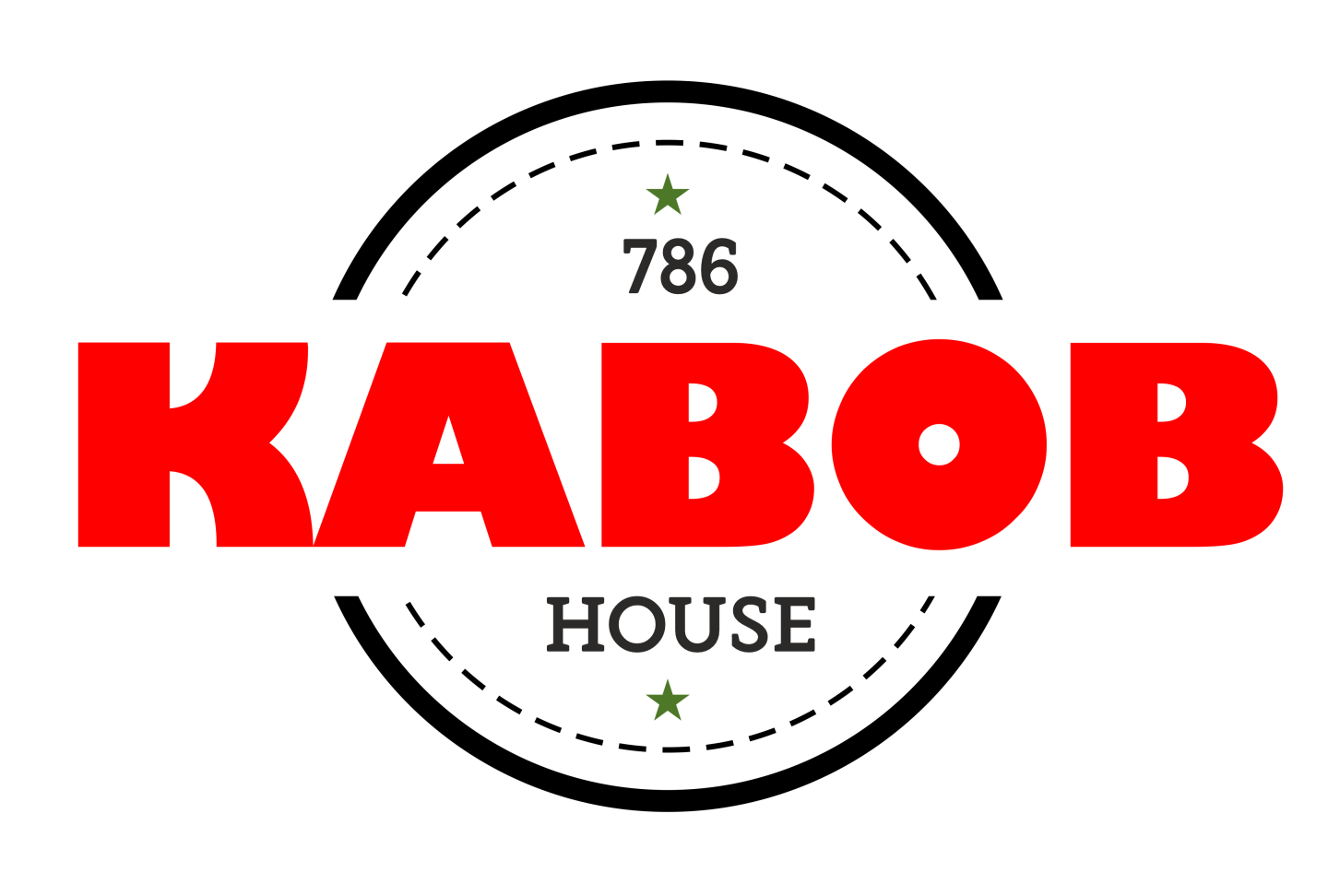Subtotal: $318.00
A Taste of Afghanistan: Exploring the Flavors Behind Our Signature Kabobs
In the rich mosaic of global cuisine, Afghan food stands out for its unique fusion of flavors, cultural depth, and culinary artistry. At the heart of Afghan cuisine lies one of its most beloved dishes—the kabob. For centuries, kabobs have been a staple on Afghan tables, enjoyed in both everyday meals and grand celebrations. At 786 Kabob House, we take immense pride in bringing these flavors to life, allowing customers to experience the essence of Afghanistan with every bite.
This essay takes you on a flavorful journey through the origins, ingredients, preparation techniques, and cultural significance of Afghan kabobs, revealing what makes them so special and why they continue to captivate food lovers across the U.S.
1. A Culinary Legacy Rooted in History
Afghanistan's strategic location along the Silk Road turned it into a melting pot of Persian, Central Asian, and Indian influences. Afghan kabobs reflect this diversity, combining the aromatic spices of the East with grilling techniques passed down through generations. Kabobs have been part of Afghan culinary tradition for hundreds of years, often served during Eid celebrations, weddings, and family gatherings.
Historically, kabobs were a nomadic meal—simple yet nourishing, cooked over open flames during long journeys. Today, they represent the hospitality and warmth of Afghan culture. Every household, from the simplest to the most lavish, has its own cherished kabob recipes.
2. A Deep Dive into Afghan Kabob Varieties
At 786 Kabob House, we offer a range of kabobs that pay tribute to the diverse flavors of Afghanistan. Here's a look at some of our most popular kabobs:
- Chicken Kabob: Tender chunks of chicken marinated in yogurt, garlic, lemon juice, and a delicate blend of spices. Grilled to perfection, these kabobs are juicy, flavorful, and lightly charred for a smoky finish.
- Beef Kabob: Marinated in a savory mix of garlic, onions, cumin, and coriander, our beef kabobs are known for their rich flavor and tender texture.
- Chapli Kabob: A spiced minced meat patty made with ground beef or lamb, herbs, and spices like coriander seeds and dried pomegranate. The chapli kabob is fried until crisp on the outside and juicy on the inside.
- Lamb Kabob: A customer favorite, these kabobs are marinated with ginger, garlic, lemon, and Afghan spices, grilled to release the full aroma and flavor of the lamb.
Each kabob dish is served with traditional accompaniments such as basmati rice, naan, house salad, and our signature chutneys, ensuring a complete and satisfying experience.
3. The Secret Is in the Marinade
The soul of a good kabob lies in its marinade. In Afghan cuisine, marination is both a science and an art. A proper marinade not only tenderizes the meat but also infuses it with layers of flavor. Afghan marinades typically include:
- Yogurt: Acts as a natural tenderizer and base.
- Garlic and ginger: Essential aromatic ingredients.
- Lemon or vinegar: Adds tang and helps in breaking down muscle fibers.
- Ground spices: Including cumin, coriander, paprika, and turmeric.
- Fresh herbs: Such as cilantro and mint for added brightness.
The meat is left to soak for hours, sometimes overnight, to ensure the flavors fully penetrate. This slow marination process is what gives Afghan kabobs their depth and complexity.
4. Traditional Afghan Grilling Techniques
Grilling is not merely a cooking method in Afghan cuisine—it's a ritual. The traditional Afghan grill, often fueled by charcoal or wood, imparts a distinctive smokiness to the kabobs. The meat is skewered and cooked over open flames while being basted with oil or butter to keep it moist.
At 786 Kabob House, we replicate these authentic grilling techniques to deliver a true taste of Afghanistan. Our chefs have mastered the art of temperature control and timing, ensuring that every piece of meat is cooked to perfection—crispy on the outside and succulent inside.
5. The Role of Spices and Herbs
Afghan cuisine is known for its balanced use of spices. Unlike some regional cuisines that rely on heat, Afghan food focuses more on fragrance and subtle flavor layering. In our kabobs, you'll find spices like:
- Cumin
- Coriander
- Paprika
- Turmeric
- Black pepper
- Cardamom
These spices are used in moderation to enhance the natural flavor of the meat, not to overpower it. Fresh herbs like cilantro and mint are added for a refreshing contrast, especially in chutneys and salads that accompany the kabobs.
6. Accompaniments That Complete the Meal
Kabobs are never served alone in Afghan cuisine. They are always part of a larger dining experience. At 786 Kabob House, our kabobs are served with:
- Afghan Pallow: Aromatic basmati rice cooked with spices, carrots, and raisins.
- Freshly Baked Naan: Perfect for scooping up the meat and sauces.
- House Salad: A refreshing mix of lettuce, cucumber, tomato, and onion.
- Chutneys and Yogurt Sauce: Add a tangy or creamy layer to the meal.
These sides not only balance the flavors but also add texture and variety to each bite.
7. Cultural Significance and Social Connections
Kabobs are more than just food—they're a symbol of Afghan hospitality and tradition. Sharing kabobs is a communal experience, often enjoyed with family and friends over long, leisurely meals. They are the centerpiece of many Afghan celebrations and a way to express generosity and warmth.
In Afghan homes, guests are honored with the best cuts of meat, carefully prepared kabobs, and a full spread of side dishes. This spirit of generosity is what we aim to recreate at 786 Kabob House, welcoming diners of all backgrounds to share in the joy of Afghan cuisine.
8. Adapting to American Tastes While Preserving Authenticity
While we stay true to traditional recipes and techniques, we also understand the importance of catering to local tastes. At 786 Kabob House, we strike a balance by using locally sourced, halal-certified meat, and offering options like extra spice levels or gluten-free sides.
We also educate our customers on the ingredients and cultural context of our dishes, turning every meal into an opportunity to learn about Afghan heritage.
9. Testimonials and Community Impact
Our customers often tell us how our kabobs have introduced them to a whole new world of flavors. Whether it's someone trying Afghan food for the first time or a local Afghan-American reliving the tastes of home, the feedback we receive is a testament to the universal appeal of our dishes.
786 Kabob House has become more than just a restaurant—it’s a cultural bridge, a gathering place, and a source of pride for the Afghan community in Newark and beyond.
Conclusion: A Flavorful Legacy
The kabobs served at 786 Kabob House are more than meals; they are stories told through flavor, aroma, and tradition. Rooted in centuries of culinary heritage, our kabobs offer a taste of Afghanistan that speaks to the heart as much as to the palate.
By combining time-honored techniques, high-quality ingredients, and a passion for authenticity, we invite you to join us in celebrating the rich culture and vibrant flavors of Afghan cuisine. Whether you're a seasoned lover of kabobs or a curious newcomer, there's always something new to discover at 786 Kabob House —one skewer at a time.
 Daria Shevtsova
Daria Shevtsova Chicken Masala
Chicken Masala Sicilian Pizza
Sicilian Pizza Beef Masala
Beef Masala Martin Widenka
Martin Widenka
